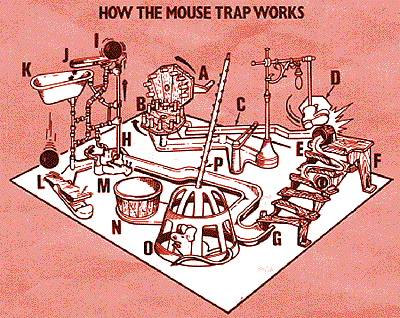Incredible Exploding Contracted Government Stuff

Before they try to hear a mouse fart in Abbottabad, those clever government hacks should first run down to the breakroom and unplug the toaster.
The National Security Agency is building a massive new data center in Utah, all the better to store your weekly phone call to grandma with. You know, just in case that corn muffin recipe turns out to be a coded call to your sleeper cell to spring into action. But there’s a small problem: as the Wall Street Journal reports, the operation keeps blowing up and catching fire.
More specifically, the facility has been “undercut by logistical headaches” and “electrical troubles—so-called arc fault failures—as ‘a flash of lightning inside a 2-foot box.’ These failures create fiery explosions, melt metal and cause circuits to fail,” The Wall Street Journal reports.
You can practically smell the money burning as the Army Corps of Engineers argues with its contractors over the cause(s) of the explosions. And the contractors have proved to be a many-armed beast: “The architectural firm KlingStubbins designed the electrical system. The firm is a subcontractor to a joint venture of three companies: Balfour Beatty Construction, DPR Construction and Big-D Construction Corp.”
Estimated project costs somewhere in the vicinity of $2 billion; the final cost, after they stop the thing from blowing itself up, is anyone’s guess.
This is the same powerful and sophisticated agency that was stunned to discover that one of its contract system administrators had stuck a thumb drive into his USB port and walked away with a massive cache of highly classified material.
Meanwhile, and see if you can begin to spot a theme here, the website for the federal health care exchange was expected to cost “up to” $93.7 million, but has instead cost closer to $634 million (and counting). And it sucks, primarily because the coding has been slapdash. The Department of Health and Human Services farmed out the development of the healthcare.gov website to several different companies, including a scrappy garage-based team of twelve developers called Development Seed. However, the primary contractor behind the development of government’s website was CGI Federal, not a Mom-and-Pop, open-source operation. And, just like the army of contractors behind the NSA’s exploding facility, CGI Federal has declined to discuss the cost or quality of the product.
And here we see the power of that private sector efficiency in action: government by contract works well as a business model by transferring capital from the state to corporations with unmistakable effectiveness. But that’s the only thing it does well.